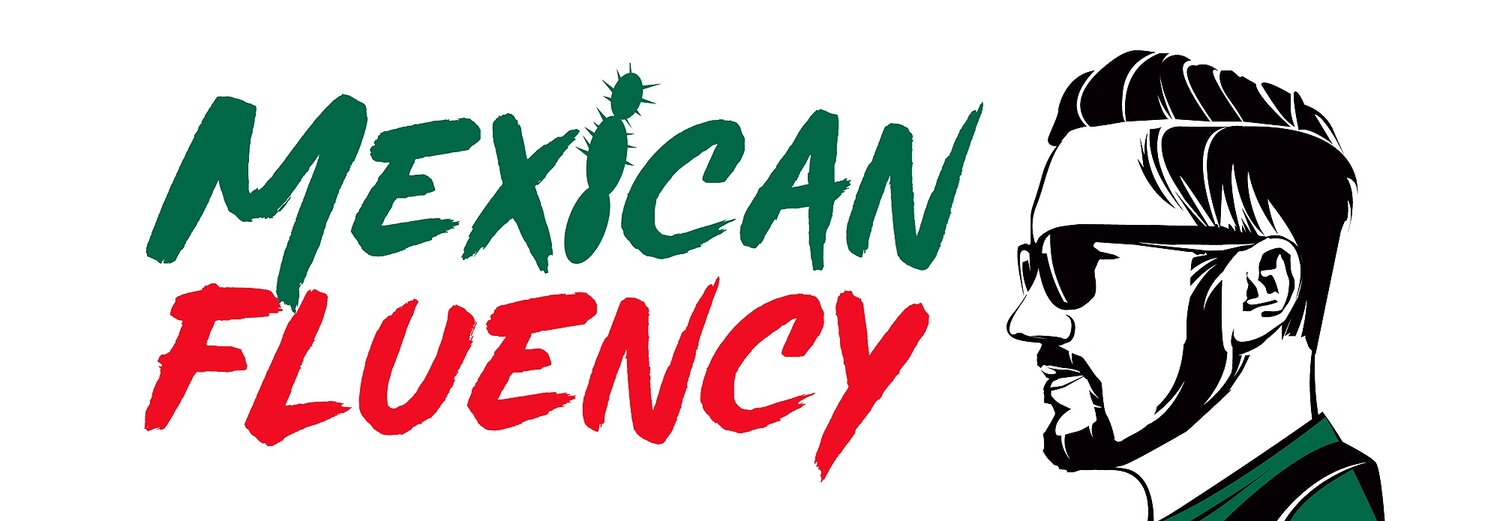How to Use “Onda” in Mexican Spanish: A Brief Guide
If you’ve ever chatted with a Mexican friend or listened to Mexican music, chances are you’ve heard the word “onda.”
It’s one of those versatile words that’s deeply embedded in everyday conversations and can mean different things depending on the context. In this article, we’ll break down the multiple meanings and uses of “onda” to help you speak Mexican Spanish like a pro.
1. What is “Onda”?
At its core, “onda” literally means wave—like ocean waves or sound waves. However, Mexicans have taken this simple word and given it a cultural twist, turning it into a staple of slang with a variety of meanings.
2. Common Uses of “Onda”
a) ¿Qué onda?
This is one of the most popular phrases in Mexican Spanish. It’s an informal way to ask:
• What’s up?
• How’s it going?
• What’s the deal?
Example:
• A: ¿Qué onda, güey?
• B: Nada, todo tranquilo.
b) Buena onda / Mala onda
“Onda” is also used to describe a vibe, atmosphere, or attitude.
• Buena onda = Good vibe or someone cool.
• Mala onda = Bad vibe or someone unpleasant.
Example:
• Ese lugar tiene buena onda; la gente es muy amable.
• Qué mala onda que no nos invitaron a la fiesta.
c) Estar en onda
This means to be trendy, up-to-date, or in the know about something.
Example:
• Mi abuelita está en onda, ¡hasta usa Instagram!
d) No es mi onda
This phrase is used to say that something isn’t your style or preference.
Example:
• La música electrónica no es mi onda; prefiero el rock en español.
e) Agarrar la onda
Literally, “to catch the wave,” but it means to understand or get the hang of something.
Example:
• Después de unas clases, ya agarré la onda con el subjuntivo.
f) Qué onda con…
This is used to express curiosity or disbelief about something or someone.
Example:
• ¿Qué onda con ese tipo que baila raro?
3. Context Matters
One of the best things about “onda” is how flexible it is, but that also means you’ll need to pay attention to tone and context. For example:
• Saying “¿Qué onda?” to a friend is casual and friendly.
• Describing someone as “mala onda” could come across as criticism.
4. Practice Makes Perfect
If you want to get the hang of “onda,” try using it in your everyday conversations. It’s a great way to sound more natural and connect with native speakers.
Quick Dialogue:
Levi: ¡Hola, Alejandro! ¿Qué onda?
Alejandro: Todo bien, ¿y tú?
Levi: Bien también. Oye, ese nuevo café tiene buena onda, ¿vamos?
Alejandro: Va, pero no es mi onda el café; ¿tienen té?
5. Fun Fact
The word “onda” is so iconic in Mexican culture that it has inspired titles for books, movies, and even songs. You might hear it in phrases like “La onda grupera” (a music genre) or “La onda de los setentas” (the vibe of the ’70s).
Conclusion
The word “onda” is much more than just a wave. It’s a window into Mexican culture and a key to sounding like a native speaker. So next time you chat with a friend, don’t forget to throw in a “¿Qué onda?” or compliment their “buena onda.”
